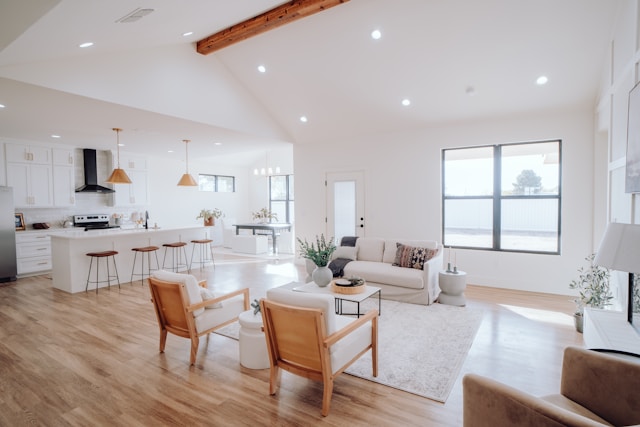Finding the sweet spot between modern updates and traditional charm isn’t always easy, but it’s definitely worth the effort. When you’re looking to modernize your home while keeping its original character, you’ll need to carefully consider which historical elements define your space and where contemporary touches can enhance both form and function. Start by taking a good look at your home’s architectural DNA, those original moldings, vintage hardware, built-in features, and period-specific details that give your space its unique personality. Once you’ve got a handle on these distinctive elements, you’ll have a much clearer roadmap for bringing in modern amenities without sacrificing the home’s authentic soul.
Contents
Preserving Architectural Details
There’s something special about original architectural features, they’re like the fingerprints of your home’s history. Instead of replacing these cherished elements, consider giving them a new lease on life through careful restoration. Whether it’s those elegant crown moldings, classic window casings, sturdy door frames, or eye-catching ceiling details, each piece tells a story worth preserving. Why not partner with craftsmen who specialize in historical restoration? They’ll know exactly how to maintain that authenticity you’re after.
Updating Essential Systems Discreetly
Modern comfort requires modern systems, but that doesn’t mean they have to steal the show. The trick is finding clever ways to incorporate updated heating, cooling, plumbing, and electrical systems without disrupting your home’s historical charm. Mini-split HVAC systems can be a game-changer since they need minimal ductwork, while under-floor heating keeps those beautiful original floors intact. Working with contractors who understand historical renovations is key, they’ll know all the tricks for hiding modern necessities while keeping your home’s character front and center.
Modernizing the Kitchen and Bathrooms
Kitchens and bathrooms often need the biggest updates, but they don’t have to lose their period charm. Think about keeping those original cabinet profiles while refreshing them with updated hardware and modern appliances. Traditional elements like subway tile or beadboard can look fresh and current in unexpected colors or patterns. In the bathroom, why not keep those gorgeous vintage fixtures that still work well while upgrading the plumbing behind the scenes? The goal is to choose new elements that feel at home with your house’s era while delivering all the functionality modern life demands.
Thoughtful Furniture and Decor Integration
Creating a harmonious living space calls for a thoughtful mix of old and new. Professional designers suggest incorporating curated decor for living room spaces that bridges the gap between historical character and contemporary comfort. Try mixing vintage pieces with modern elements to create an engaging dialogue between past and present. Maybe that antique armchair would look amazing with fresh, modern upholstery, or perhaps a contemporary lighting fixture could add an unexpected twist to traditional architecture. It’s all about creating an intentional contrast that celebrates both historical charm and modern style.
Color Schemes and Material Selection
Don’t be afraid to play with color when updating your historic home. While it’s worth researching period-appropriate palettes, you can absolutely put a fresh spin on traditional color combinations. Today’s interpretations of historical hues can breathe new life into spaces while maintaining their authentic feel. When it comes to materials, look for high-quality options that honor historical precedents while offering better durability and easier maintenance.
Smart Technology Integration
Smart home features can absolutely have a place in a historic home, it’s all about how you integrate them. Look for ways to incorporate modern tech that enhances your daily life without drawing attention to itself. Think of wireless speakers that blend seamlessly with your decor, smart thermostats in understated finishes, or motorized window treatments that work quietly behind those gorgeous original windows. The best tech additions are the ones you barely notice but can’t imagine living without.
Sustainable Updates and Energy Efficiency
Making your historic home more energy-efficient doesn’t mean sacrificing its character. There are plenty of ways to incorporate sustainable updates while preserving historical elements. Consider adding extra insulation during other renovation work, installing energy-efficient window inserts that work alongside original windows, or switching to LED bulbs that mimic traditional lighting styles. Look for sustainable materials and practices that respect both your home’s heritage and our planet’s future.
Conclusion
Bringing a historic home into the modern era while preserving its character is truly an art form. Success lies in striking the right balance, honoring those irreplaceable historical elements while thoughtfully introducing updates that make the space more livable for today’s lifestyle. The end result should feel natural and harmonious, creating a home that celebrates its past while embracing modern comfort and convenience. After all, the goal isn’t to create a museum piece, but rather a vibrant, living space that tells its own unique story while meeting the needs of contemporary life.

